Meet 10 Amazing Women Who Influenced STEM

According to the Society of Women Engineers, in 2014, less than 8% of female college freshmen intended to major in engineering, math, statistics, or computer science. It’s no wonder then that only 13% of current engineers are women. Introduce a Girl to Engineering Day is an effort to improve these numbers and support diversity in STEM fields.
Role models help show girls how engineers are making the world a better place, and so we compiled a list of 10 amazing women from history who have influenced STEM fields. Check out the impressive contributions these women have made—and the barriers they have overcome—to improve the world around us.
Nora Stanton Blatch Barney
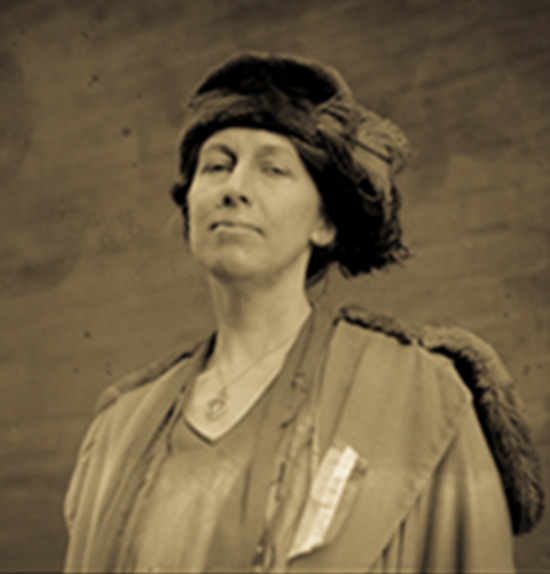
Nora Stanton Blatch Barney was an English-born U.S. civil engineer and architect. She was also active in the American women’s suffrage movement.
She was among the first women to graduate with an engineering degree in United States and, in 1905, was the first American woman to become a civil engineer.
Barney was also the first woman to become a member of the American Society of Civil Engineers (ASCE), though she was only allowed to be a junior member because of her gender. While she was denied full associate membership during her lifetime, she was posthumously given ASCE Fellow status in 2015.
Edith Clarke
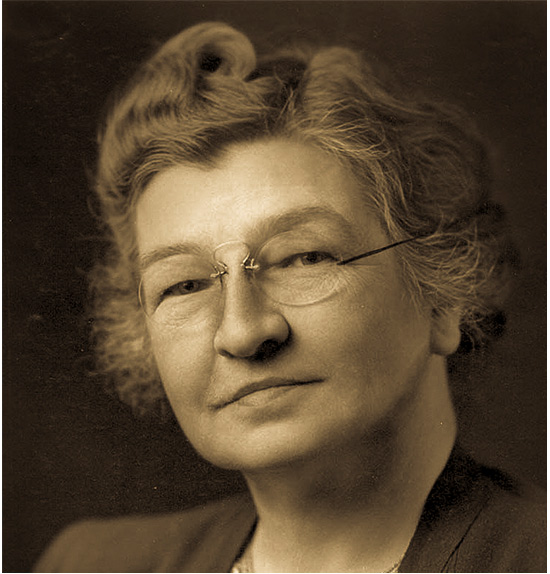
Edith Clarke was a pioneer in electrical engineering who specialized in electrical power system analysis and improved our understanding of power transmission. In 1919, she became the first woman to earn a master’s degree in electrical engineering from MIT.
She went on the achieve a lot more firsts:
- First professionally employed female electrical engineer.
· First woman to deliver a paper at the American Institute of Electrical Engineers’ annual meeting (1926).
· First full-time female professor of electrical engineering in the U.S.
· First female Fellow of the American Institute of Electrical Engineers (1948).
Clarke was posthumously inducted into the National Inventors Hall of Fame in 2015.
Olive Dennis
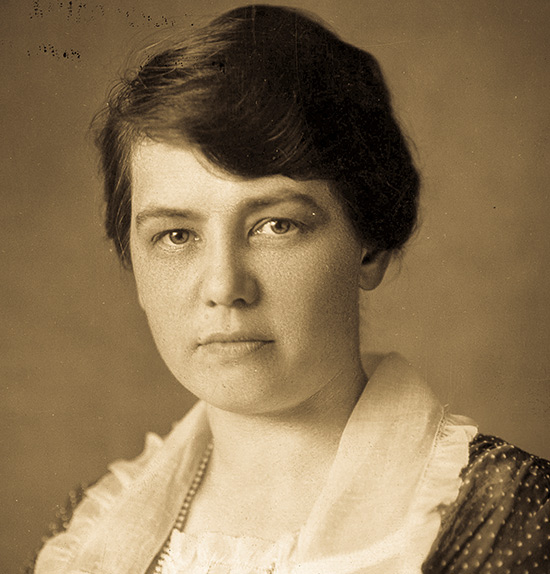
Olive Dennis was an engineer whose design innovations helped improve railway travel. She designed bridges for the B & O Railroad before becoming their first service engineer.
Her innovations to improve passenger trains included reclining seats, stain-resistant upholstery, individual window vents, dimming overhead lights, and air-conditioned compartments.
Dennis was the first female member of the American Railway Engineering Association.
Lillian Moller Gilbreth

Dr. Lillian Moller Gilbreth was one of the first female engineers to earn a PhD and is considered to be the first industrial/organizational psychologist and “the mother of modern management.” As an expert in efficiency, Gilbreth contributed to the study of industrial engineering, especially in the areas of motion study, scientific management, and human behavior.
A mother of 12 children, Gilbreth is popularly known as the highly intelligent, quirky mother portrayed in the movie Cheaper by the Dozen.
In 1921, Gilbreth was the second person to be named an honorary member of the American Society of Industrial Engineers. She became the first woman elected to the National Academy of Engineering in 1965, and she received numerous other awards and honors.
Beatrice Hicks
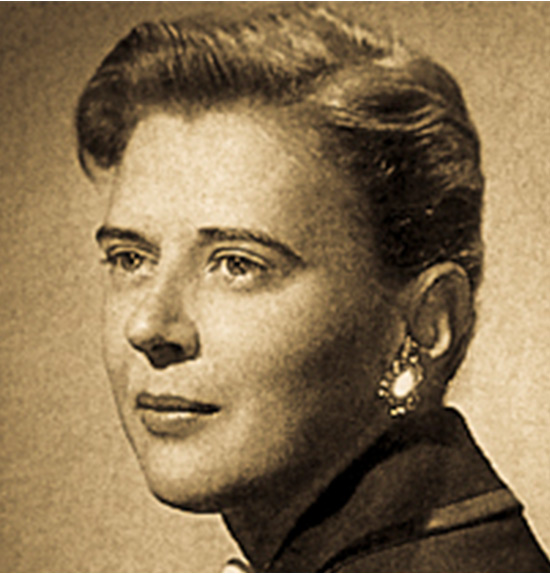
Beatrice Hicks, an American engineer, was the first woman to be hired as an engineer by Western Electric and was later the owner of her own engineering firm.
At Western Electric, Hicks worked on technology for telephone and aircraft communication. She later developed a gas density switch that would be used in the U.S. space program, including the Apollo moon landing missions.
Hicks was the co-founder and first president of the Society of Women Engineers and was a strong advocate for expanding the advancement and recognition of women engineers. She was inducted into the National Inventors Hall of Fame in 2017.
Katherine Johnson

Katherine Johnson is a mathematician who helped NASA pioneer the use of computers to perform complex orbital mechanics tasks. Her calculations helped set the trajectories that first put astronauts into orbit around Earth, then onto the moon.
The acclaimed film Hidden Figures, released in December 2016, follows the work of Johnson and other female African-American mathematicians (Mary Jackson and Dorothy Vaughan) at NASA.
President Barack Obama awarded Johnson the Presidential Medal of Freedom in 2015.
Stephanie Kwolek
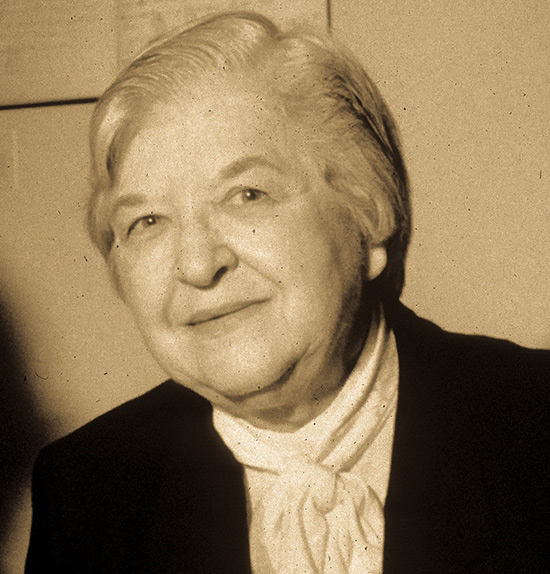
Stephanie Kwolek was an American chemist who worked for four decades at the DuPont company. She is best known as the inventor of Kevlar, for which she was awarded the DuPont company’s Lavoisier Medal for outstanding technical achievement.
Kevlar is used as a material in more than 200 applications, including boats, airplanes, and bullet-proof vests.
In 1995, Kwolek became the fourth woman to be added to the National Inventors Hall of Fame. Among many other honors, she received the National Medal of Technology in 1996.
Hedy Lamarr
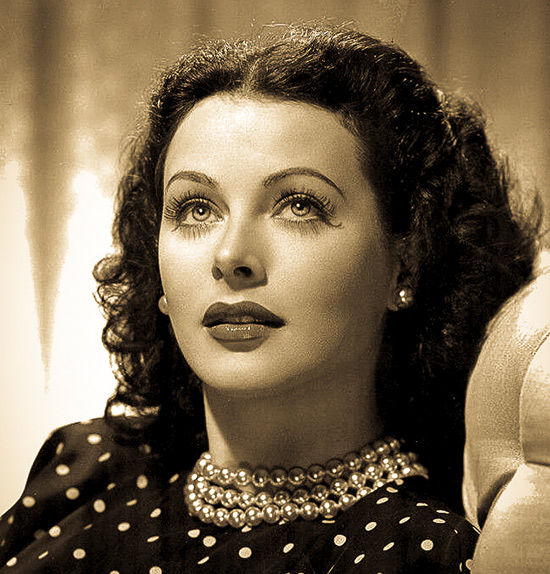
Born in Austria, Hedy Lamarr was a movie-star-turned-inventor who developed a remote-controlled communications system for the U.S military during World War II that prevented tracking or jamming of radio-controlled torpedoes.
Her frequency-hopping spread spectrum system now serves as a basis for modern communication technology, such as Bluetooth and Wi-Fi network connections.
In 1997, she was honored with the Electronic Frontier Foundation’s Pioneer Award. Lamarr was posthumously inducted into the National Inventors Hall of Fame in 2014.
Hattie Scott Peterson
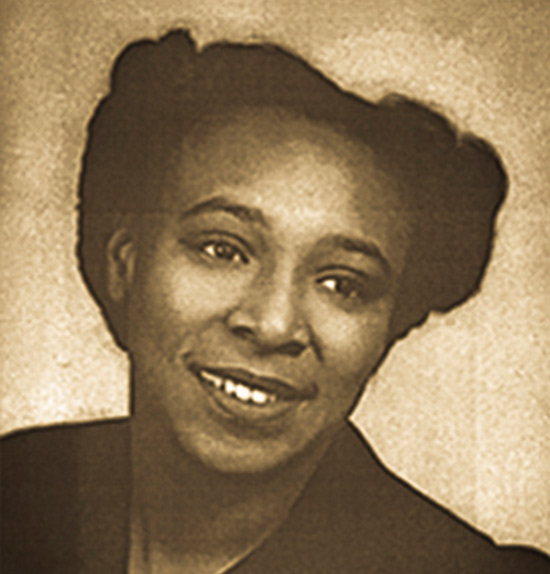
Hattie Scott Peterson, who earned a BSCE from Howard University in 1946, is believed to be the first African-American woman to gain a bachelor’s degree in civil engineering. She began her career as a survey and cartographic engineer for the U.S. Geological Survey in Sacramento, California.
She joined the local U.S. Army Corps of Engineers (USACE) in 1954, where she was the first female engineer and encouraged engineering as a profession for women.
The USACE Sacramento District grants a Hattie Peterson Inspirational Award annually in her honor.
Gladys West
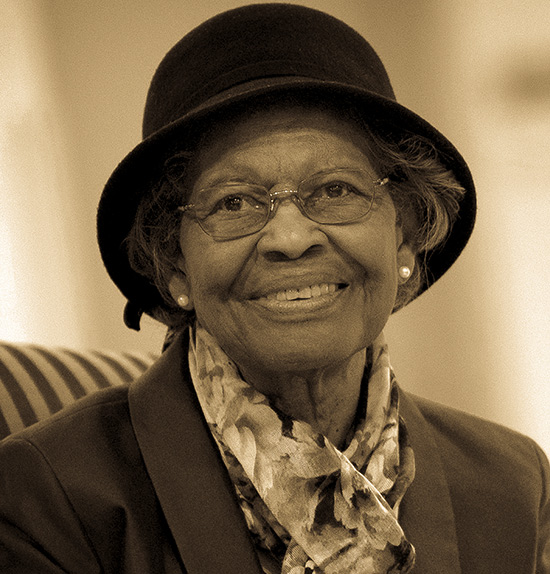
Dr. Gladys West is an American mathematician who conducted modeling for the U.S. military in the era before electronic systems.
She was part of the team that developed extremely accurate satellite geodesy models of the Earth’s shape that ultimately became the Global Positioning System (GPS) orbit.
West was inducted into the Air Force Space and Missile Pioneers Hall of Fame in 2018.
Click here to view our YouTube video.
These are just a handful of the groundbreaking women who have made their mark in STEM fields. To learn more about other amazing women in engineering history, including modern-day influencers, check out the National Academy of Engineering.
Photo Sources
Nora Blatch Barney https://commons.wikimedia.org/wiki/Category:Nora_Stanton_Blatch_Barney#/media/File:Mrs._Nora_Blatch_Barney,_2-15-21_LOC_npcc.03521.jpg
Edith Clarke https://en.wikipedia.org/wiki/File:Edith_Clarke.jpg
Olive Dennis https://en.wikipedia.org/wiki/Olive_Dennis#/media/File:Olive_Dennis.jpg
Lillian Moller Gilbreth https://commons.wikimedia.org/wiki/Category:Lillian_Moller_Gilbreth#/media/File:Lillian_Moller_Gilbreth.jpg
Beatrice Hicks https://en.wikipedia.org/wiki/Beatrice_Hicks#/media/File:Beatrice_Hicks.jpg
Katherine Johnson https://en.wikipedia.org/wiki/Katherine_Johnson#/media/File:Katherine_Johnson_at_NASA,_in_1966.jpg
Stephanie Kwolek https://commons.wikimedia.org/wiki/Category:Stephanie_Kwolek#/media/File:Stephanie_Kwolek_at_Spinning_Elements_by_Harry_Kalish.TIF
Hattie Peterson https://en.wikipedia.org/wiki/Hattie_Scott_Peterson#/media/File:Hattie_Peterson_ACE.jpg
